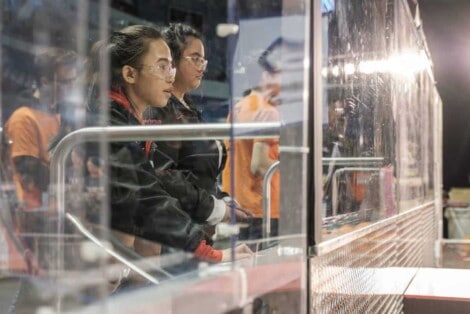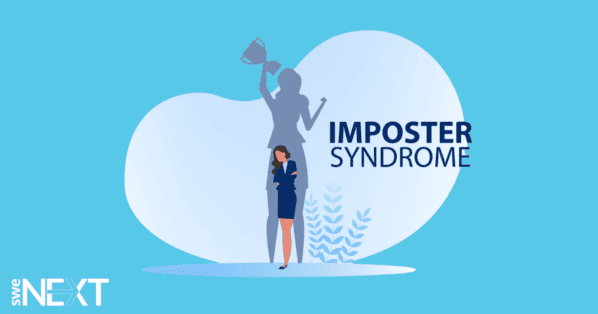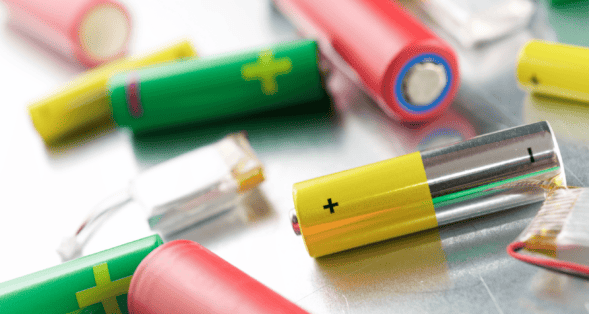The recent murder of George Floyd has increased visibility into systemic racism and discrimination. It has pushed many individuals and organizations to explore our natural biases and seek ways to be intentional about diversity, equity, and inclusion efforts. As outreach practitioners, parents, and educators, we constantly interface with children and can influence their unconscious biases in either positive or negative ways. In fact, PBS suggests that “children between 2 and 5 start becoming aware of gender, race, ethnicity, and disabilities [and] they also begin to absorb both the positive attitudes and negative biases attached to these aspects of identity by [media representations,] family members and other significant adults in their lives.” Here are some tips to make sure that your interactions with kids help mitigate biases instead of reinforce them.
Uncover your unconscious biases
In order to fight against bias, we need to understand where bias comes from and do what we can to make our unconscious biases known. Biases originate from the human mind’s natural desire to make shortcuts. Our biases help us make quick judgements and decisions that could increase survival and make us more effective in the short run but if our decision-making is built on faulty information, this introduces systemic sources of error. To learn more about where unconscious biases come from, check out this article from Teaching Tolerance. If you want to find out what biases you have, you can take an implicit association test (IAT) such as the one offered by Project Implicit.
Speak out when you see examples of bias
If you see someone who is being treated unfairly, intervene—don’t ignore it. It should be prominently known that teasing or rejecting someone based on a person’s identity is never okay. Show support to the person who is affected as it is easy for them to feel like they are alone and start to believe these biases about themselves. Additionally, if a child asks a question about biases, do not ignore it or try to change the subject because this is often what makes children learn to turn a blind eye to it. Instead, answer their question honestly, and explain that what they are asking is not bad.
Seek representation in role models
When teaching, telling stories, or conducting outreach events, we are often not the only role models kids interface with. Kids are also being exposed to the other volunteers present and the people in the media and images we select for our lesson, stories, or outreach event. Be intentional representing a diverse set of role models. For example, if you wanted to bring in a group of aerospace engineers for an event, as yourself if the group you’ve selected displays racial, gender, sexual orientation, and ability diversity. This helps show kids that people who work in these jobs don’t look one certain way. This is not limited to showing diversity in occupations; also use examples of diverse people in leadership, and apply this to any presentations you do. If you are including images, don’t forget this is another simple way you can illustrate diversity.
If you’re interested in additional resources for teaching inclusion and anti-racism, check out this list of resources curated by the International Society for Technology in Education.
Related content:
- Adult Advocate’s Avenue: Media as a Tool for STEM Education
- Adult Advocate’s Avenue: Planning a Successful Virtual Outreach Event
- SWE Signs on to Support “Million Girls Moonshot” STEM Initiative
- Empathy: The First Step Towards Inclusion
- SWE Supports #ShutDownSTEM Movement
- Taking a Stand For Diversity and Inclusion
Author
-

SWE Blog provides up-to-date information and news about the Society and how our members are making a difference every day. You’ll find stories about SWE members, engineering, technology, and other STEM-related topics.






